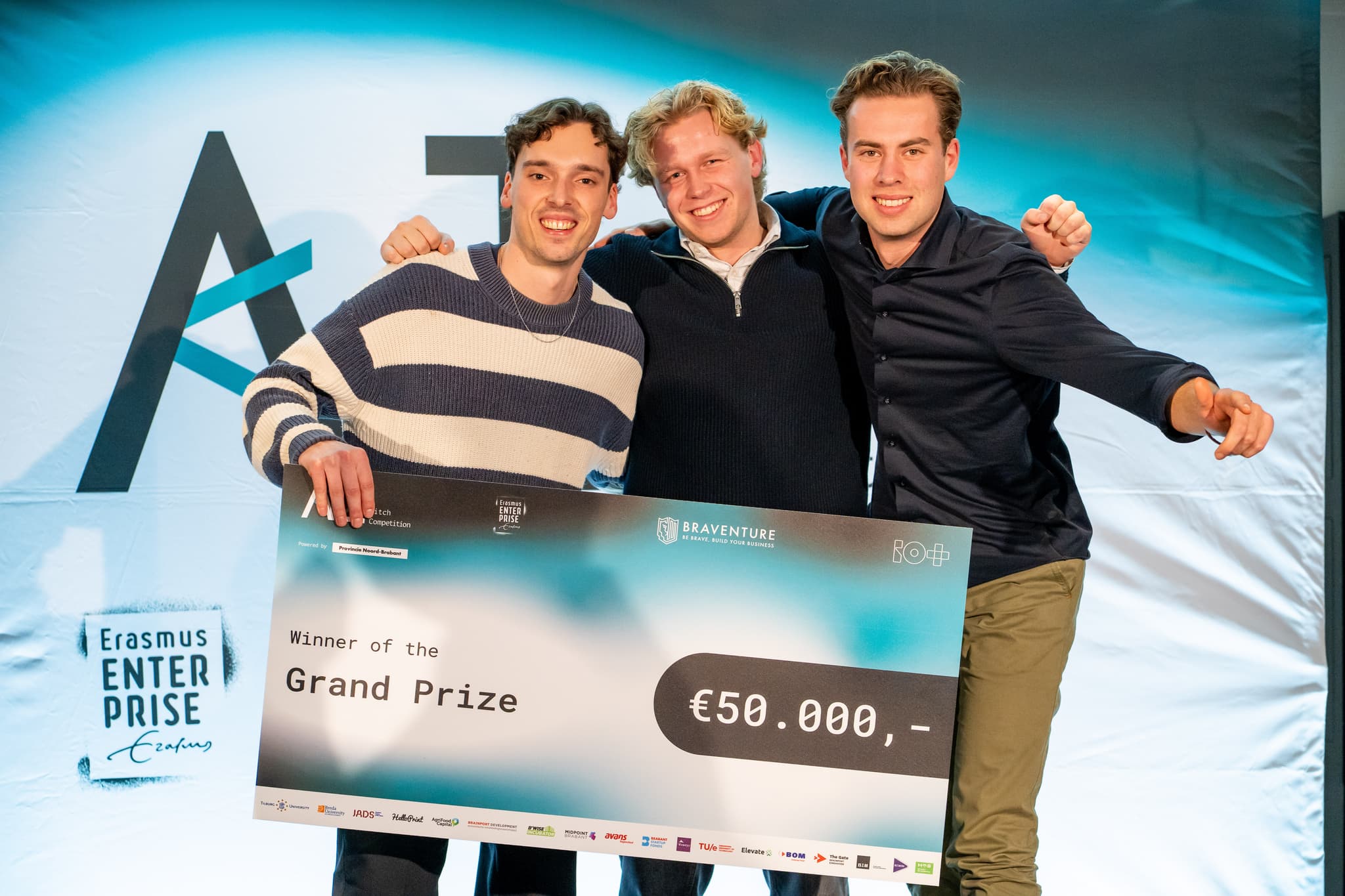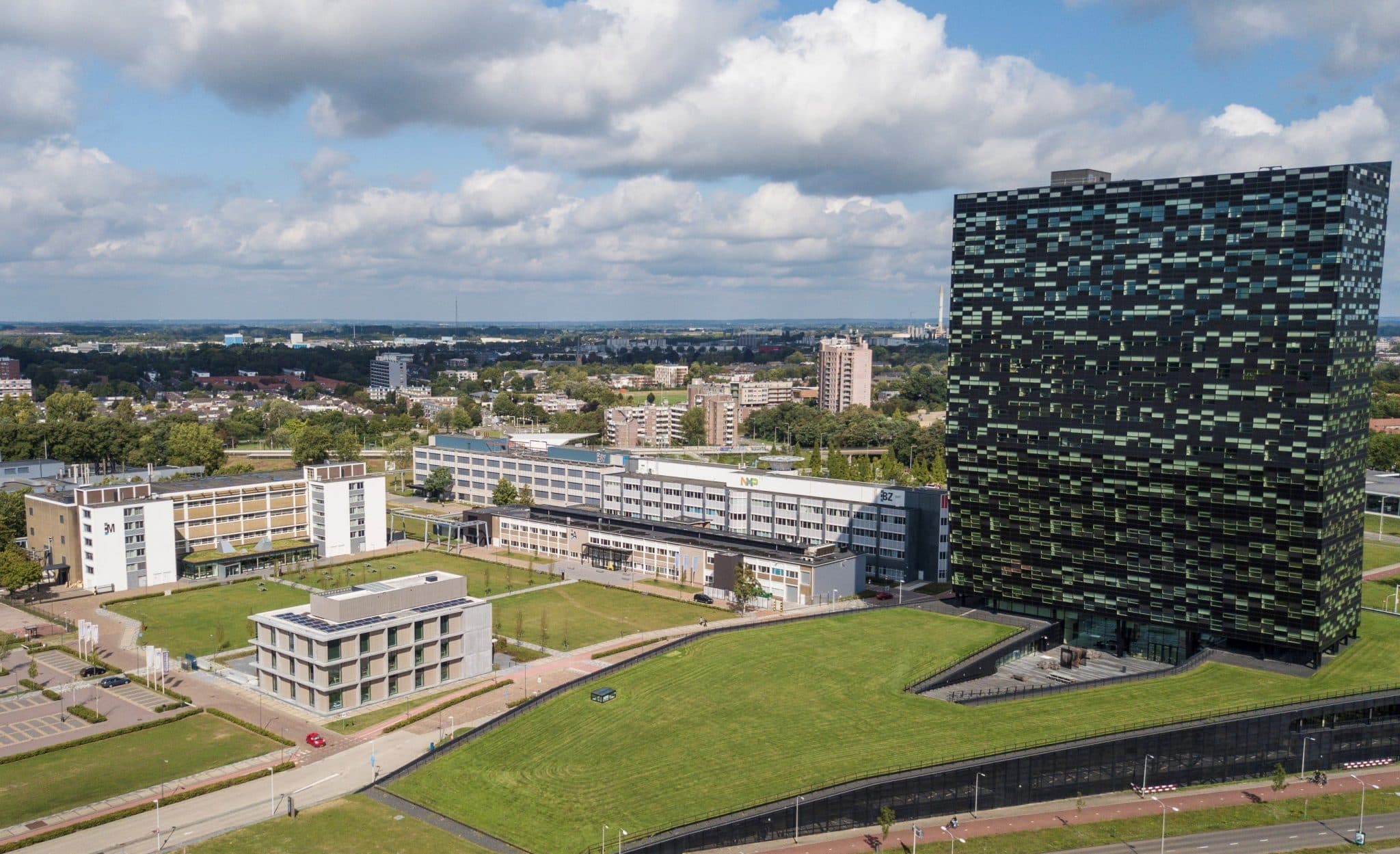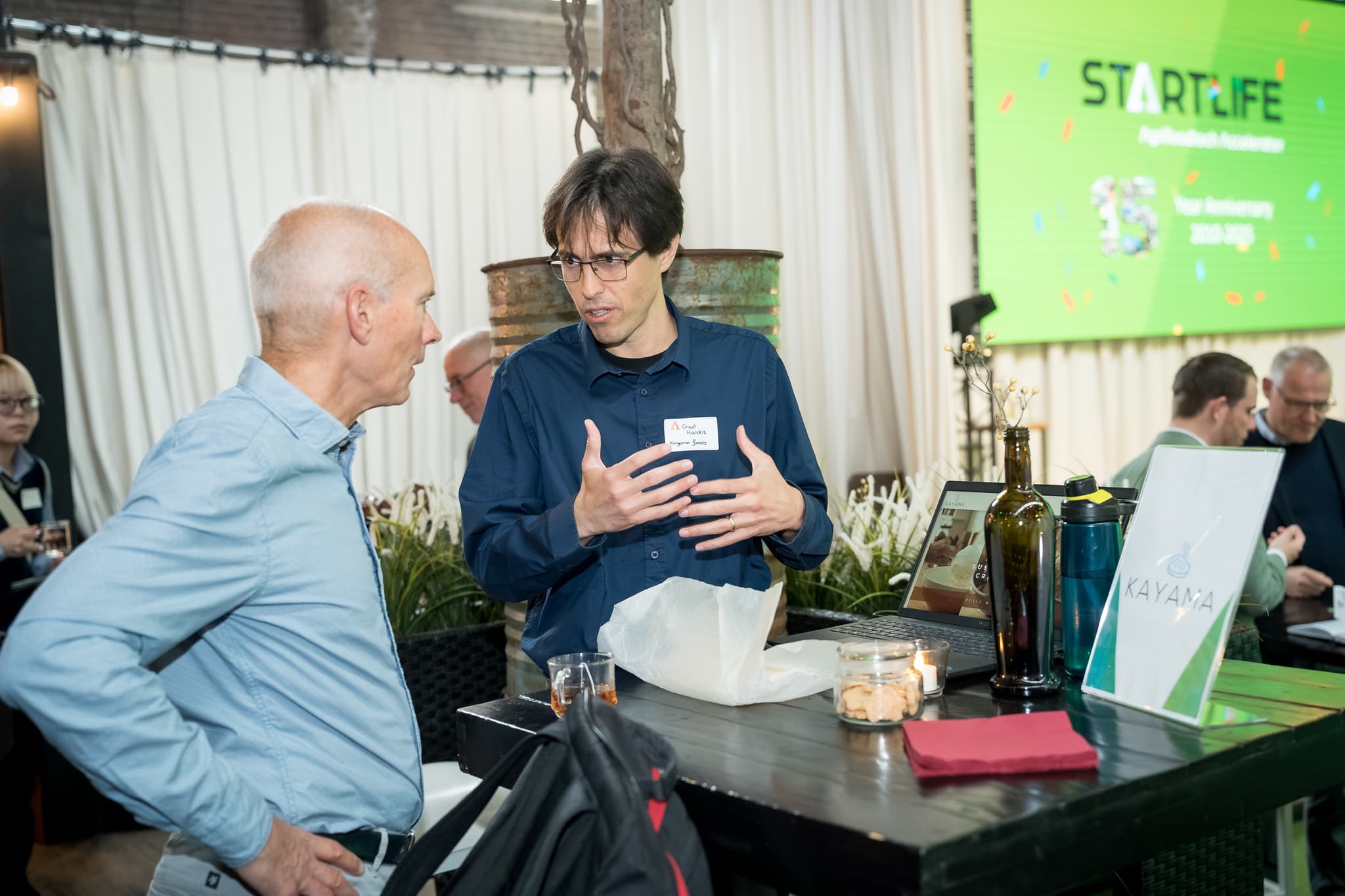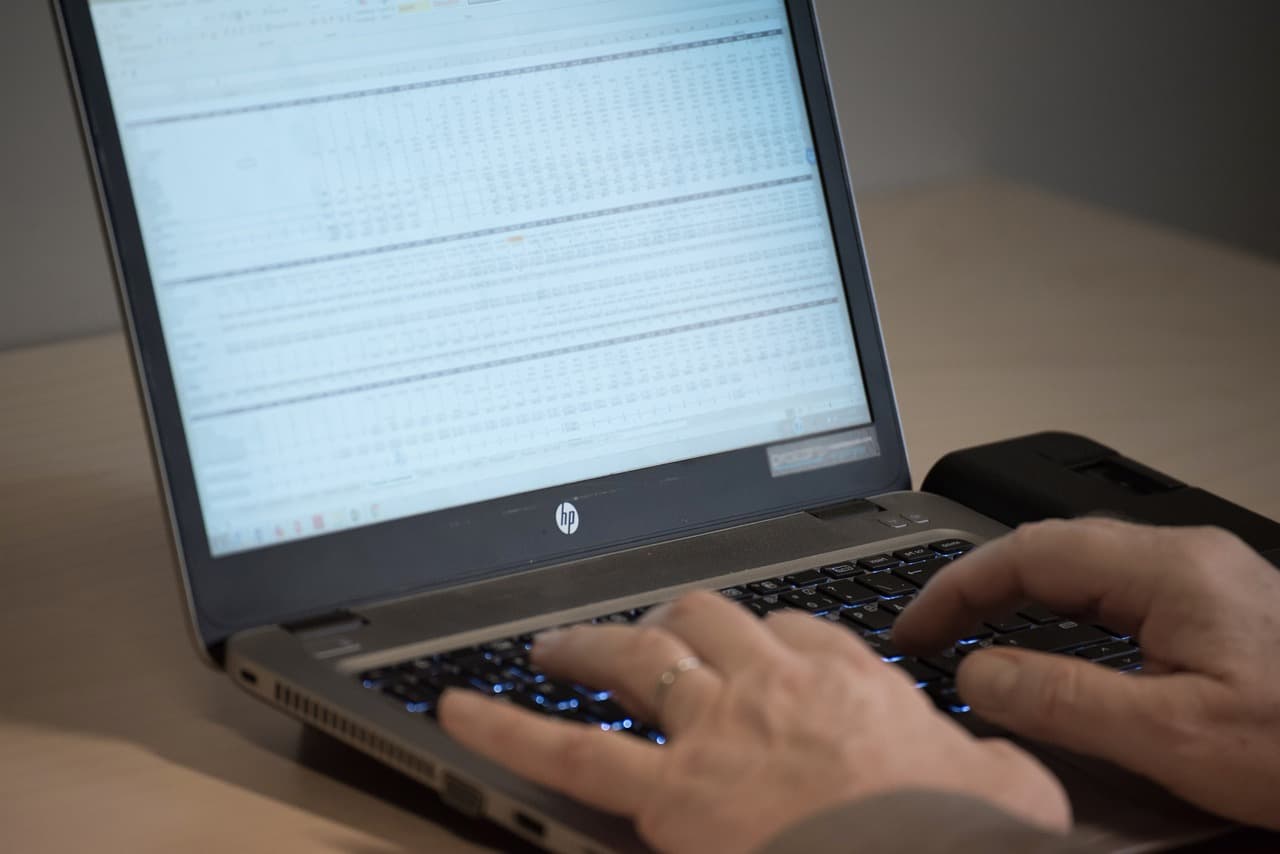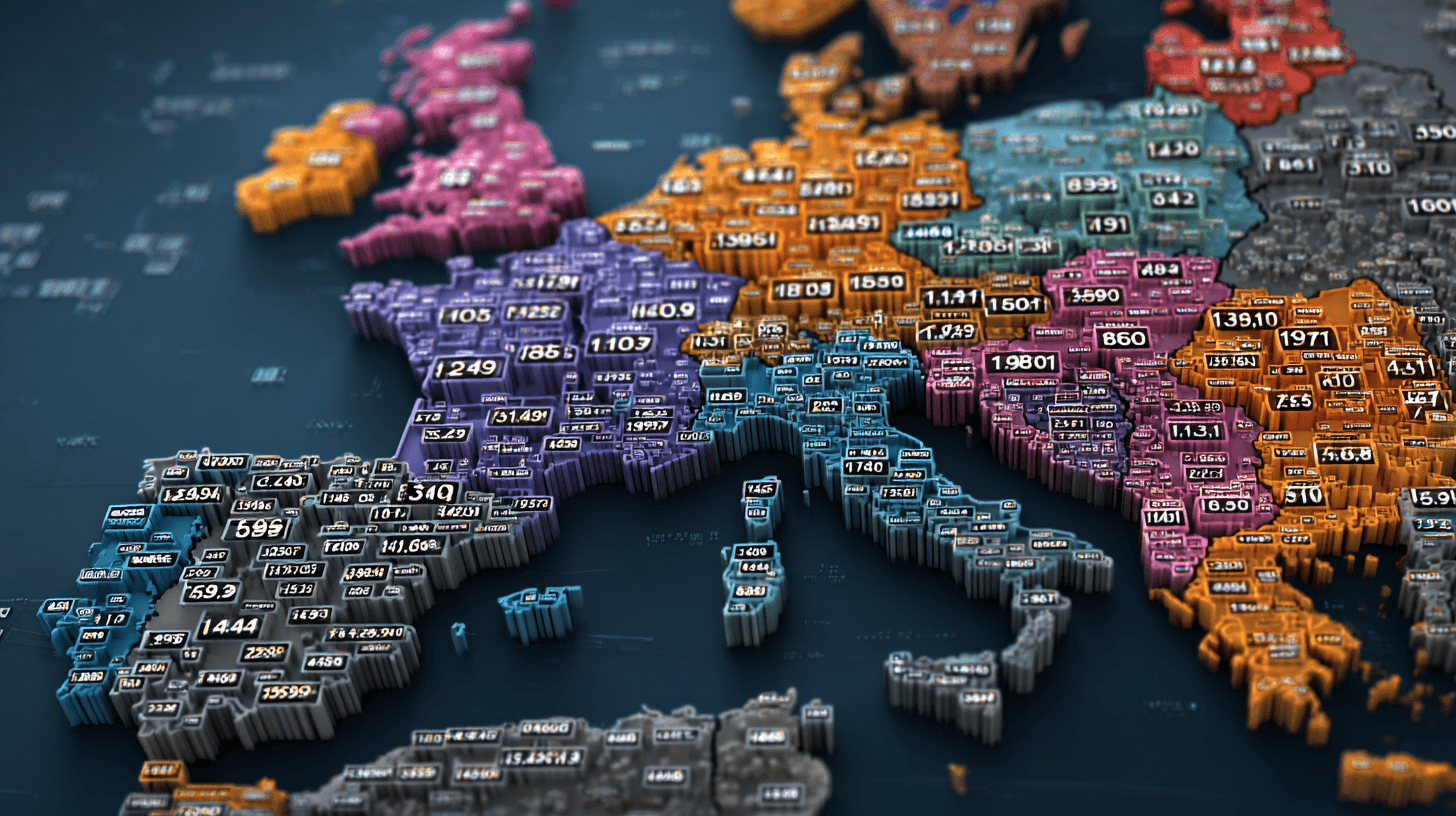
Perovskite solar panels: will Europe seize the opportunity now?
Ten years after the disappearance of the silicon industry, Europe must ensure that perovskite does not become another Chinese industry.
Latest news
View all posts →
What exactly is a patent? And why would you want one?
In a series of blog posts, Marco Coolen provides insight into his work as a Dutch and European patent attorney at AOMB.
Stay up to date!
Sign up for one of our many newsletters to stay informed about everything related to innovation.
Dossiers
View all dossiers →
Alternative protein
Last updated: October 23, 2025
A third of greenhouse gases come from food production. As the population grows and climate change impacts farming, sustainable protein alternatives are essential.

ASML
Last updated: September 19, 2025
ASML is a global leader in chip production and a technological center of gravity in Brainport Eindhoven. Based in Veldhoven, the company develops lithography systems that are indispensable for the latest generations of microchips. ASML's innovations set the pace of digital progress - from smartphones to supercomputers.
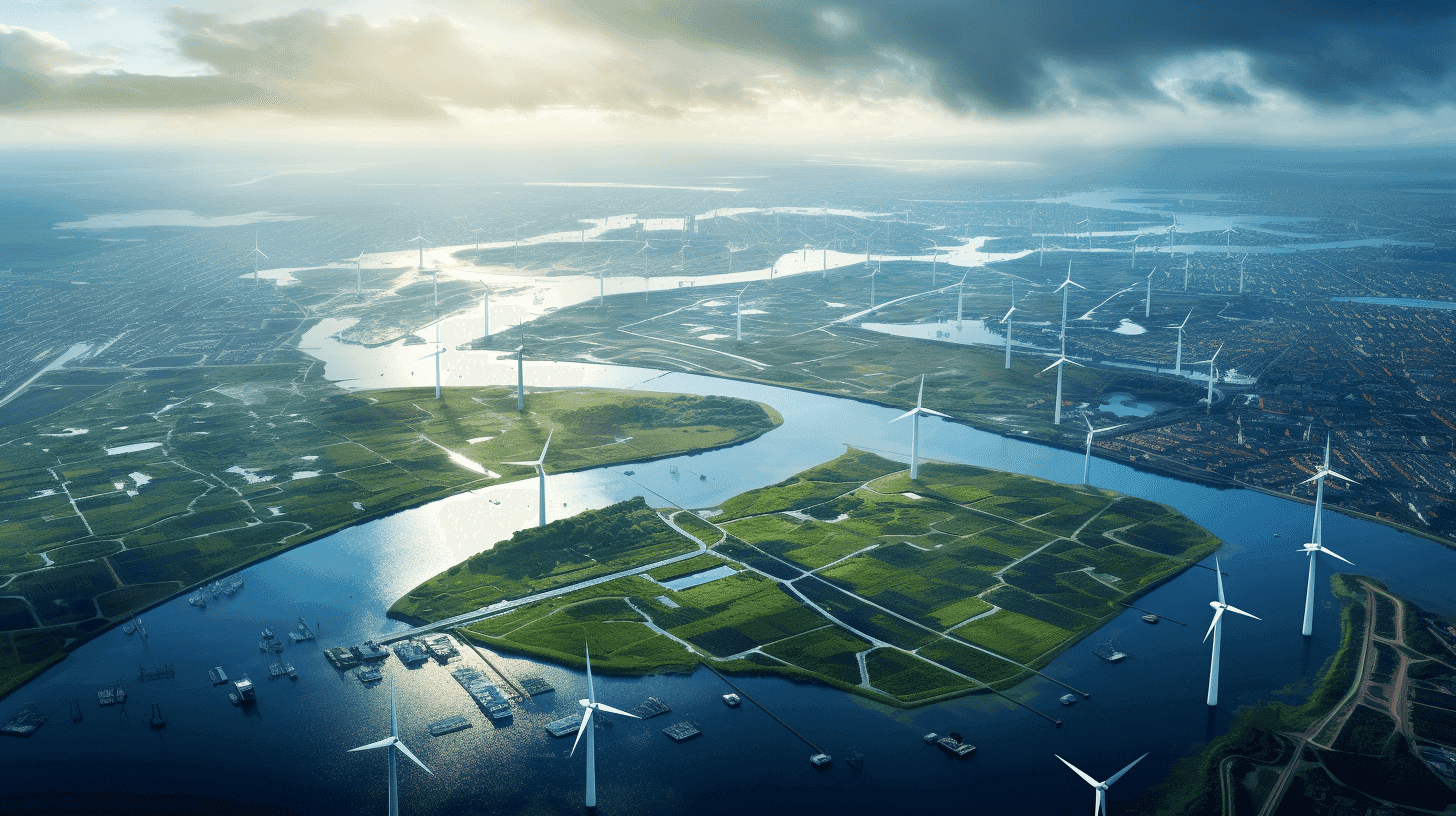
Cybersecurity
Last updated: September 22, 2025
We explore the risks of cybersecurity: what lies ahead for citizens and businesses, and how can they protect themselves?


.jpg&w=2048&q=75)

